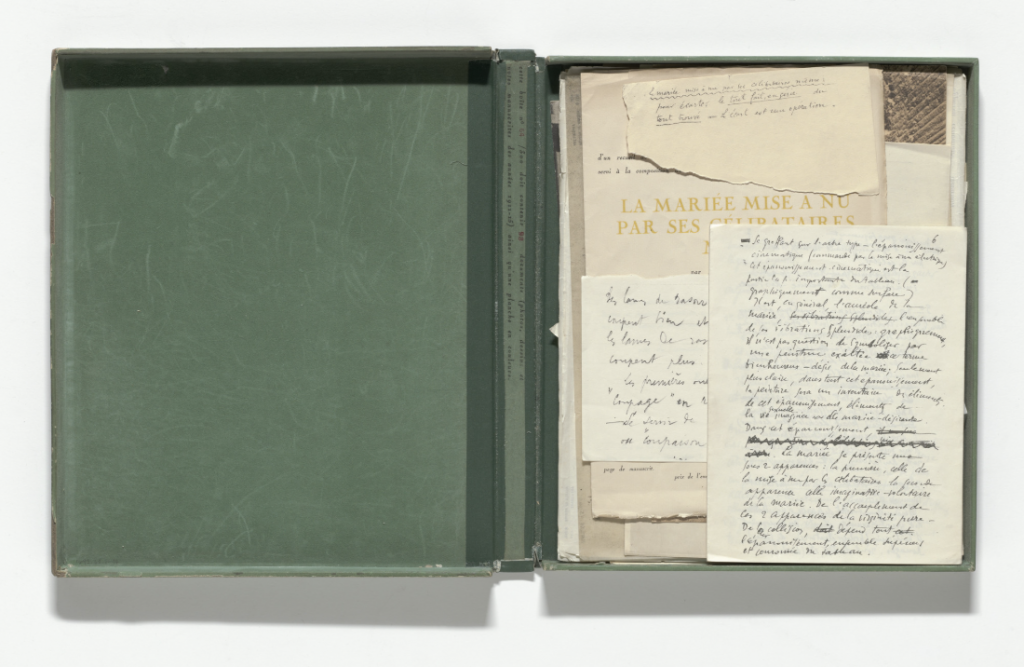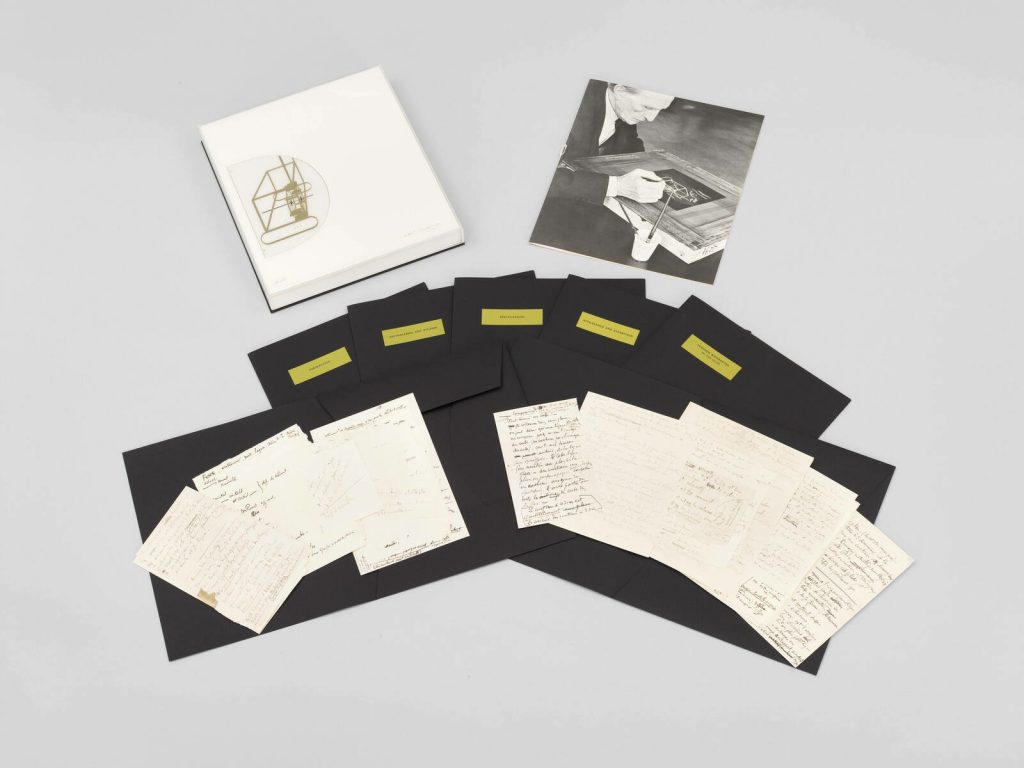Enquiry Updates
{Unit 2}
- How does image explain object?
- How does image equal object?
- How does image equal ___?
{Unit 3, Week 1}
- How does “seeing” shape “understanding” and construct “meaning” in the context of everyday forms?
{Unit 3, Week 2}
- How does seeing shape our understanding of universal forms? / How does an object’s essence persist across different media?
{Unit 3, Week 3}
- She’s after a kind of “Huh?”. She focuses on the “looks-like” part, the surface, the part that remains on a thin layer of image: how does that fragile “appearance” layer – the cover, the graphics printed on paper, or the parts that can only be touched by the eye – shape our understanding of whatever lies behind it?
Practice
The entire U3 series is titled: Evidence Does Not Surface on the Front of the Paper.
During the term, it is divided into three parts:
- Surface and Content: Photobook
When we look at a book, look at its surface
If we try to fix what we see, I mean, fixing all the elements that are on the surface of the paper at this moment
the light,
the shadows,
the fingers turning the pages
We get a photograph
If we repeat this 222 times, we transform a book of text into a photobook—each page of text becomes a photograph.
- Surface and Surface: A Cover Itself 1
If, we don’t flip through the book, just touch its surface with our gaze
Then the cover is all we can get
In fact, most of the time, this is exactly how we choose books
All our understanding of the content is built upon this thin sheet of paper
All content is about the surface.
This book is just a cover. All the content in the book consists entirely of photographs of the cover—the front, the side, the spine, the back, the details—information that can be obtained without ever opening it. All the contents point to the surface; that surface is the part that is truly read, truly understood, the truly “everything”.
- (Considering) Surface Itself: A Cover Itself 2
So, how about deleting the content and keeping only the surface?
This surface will become a container
A book, becomes a container
How do we use this container? How do we find content for it?
What kind of book should be used to hold cigarettes?
What kind of book should be used to hold flowers/potato chips?

Key Reference
Marcel Duchamp, The Green Box / The White Box


The box is not the work itself, but a record of his thoughts, notes, sketches and ideas as he works on another piece. These ‘side narratives’ about the work make up the work.